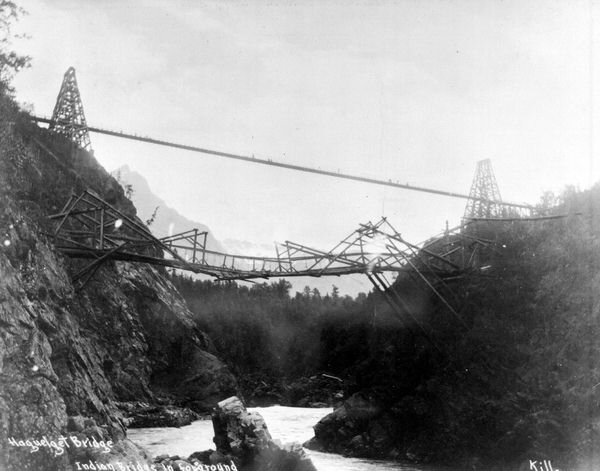As an archaeologist, the question I am probably most often asked is ‘what’s the coolest thing you’ve ever found?’. It’s generally seconded by ‘what’s the oldest thing you’ve ever found?’. Hardly ever though, am I asked ‘how did you determine how old that is?’ , which can be a far more interesting question!
While there are several ways to potentially glean the age of artifacts or features from archaeological sties, they generally fall into one of two categories; absolute or relative dating.
Absolute dating includes those methods that provide a date, or range of dates, for an item or feature. Such methods include radiocarbon dating (measuring the amount of carbon 14 left in an organic item), dendrochronology (counting tree rings), or thermoluminescence (measuring ionizing radiations that naturally occur in the atmosphere).
Relative dating includes methods that provide a chronology of ‘earlier’ and ‘later’, although not necessarily specific date ranges, based on their locations respective to each other. Using laws of stratigraphy for example, we know that in an undisturbed context, the lowest layers of sediment (and any artifacts associated with them) are always older than those layers of sediment (and artifacts…) laid down atop of them, even if we may not know their numeric age.
Using artifact typology however, we can start to assign date ranges, if not specific dates, to artifacts or features that may be otherwise un-datable due to a lack of organic matter. Using typology, we classify artifacts by their physical similarities and begin to link those to specific periods, or ‘phases’ and ‘horizons’. Once archaeologists have consistently found a specific style of artifact associated with enough archaeological materials that have been dated ‘absolutely’, we can confidently state that style of artifact belongs to a specific phase, even if we are only able to provide a ‘relative’ context where they were encountered.
In our local area, the most recent chapter in the archaeological sequence has been broken down into a series of periods, or horizons; according to Richards and Rousseau (1987), these horizons ‘comprise the Plateau Pithouse tradition, a cultural tradition characterized by semi-sedentary, pithouse dwelling, hunter-gatherer, logistically organized, band-level societies that relied heavily on anadromous fish for subsistence’.
These horizons are referred to as Shuswap, Plateau, and Kamloops respectively, and each have several discrete traits that appear in archaeological sites associated with them. Included in these traits are specific styles of projectile points, which is a blanket term that includes stone points used with the spear, atl atl, and bow and arrow technologies that First Nations utilized at the time. It is these artifacts that we call diagnostics, meaning we can use the concept of artifact typology to provide an estimate of age for sites in which we find them.
The Shuswap Horizon is estimated to have begun between 3500-4000 years before present and ended approximately 2400 years before present. While projectile points from this period show a relatively high degree of variability, they tend to be on the larger side, and have a neck width that is indicative of use with spear, or atl atl technology. They also tend to have concave bases, are triangular or lanceolate shaped with shallow notches in the corners or lower sides, and have pronounced shoulders.
Shuswap horizon projectile points
The Plateau Horizon extends from 2400-1200 years before present, and ‘Plateau points’ are most always bilaterally barbed with either comer- or basal -notches. They range in size from large to small; appropriate for tipping spear and atlatl darts or arrows. The larger points, used for spears and atl atls, appear in the archaeological record in the earlier portion of this horizon. After 1500-1700 years before present the smaller points, more appropriate for bow and arrow technology, begin appearing.
Plateau horizon projectile points
The Kamloops Horizon extends from 2400 years before present, to 200 years, where technology and behaviour patterns changed again as a result of contact with European colonizers. ‘Kamloops points’ are small and very triangular in shape, with narrow notches along each side and straight to slightly concave bases – best used for bow and arrows.
From this example you can begin to see that with a lucky projectile point find, and a bit of detective work, we can actually start attributing date ranges to an archaeological site even if we don’t encounter archaeological materials or artifacts that could be dated absolutely. I encourage you to head down to our local Secwepemc Museum to view the wonderful collection of items they have on display, and see if you can recognize how old some of them are from the descriptions and attached photos – consider it the first lesson in dating, relatively speaking!
Kamloops horizon projectile points










